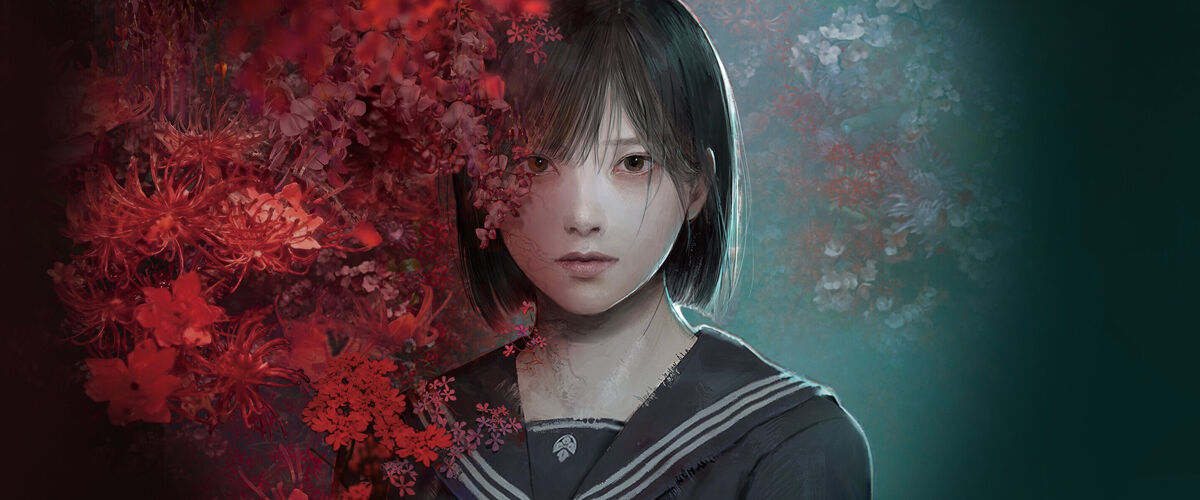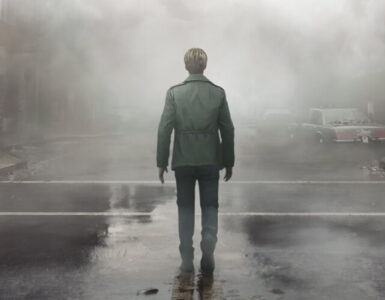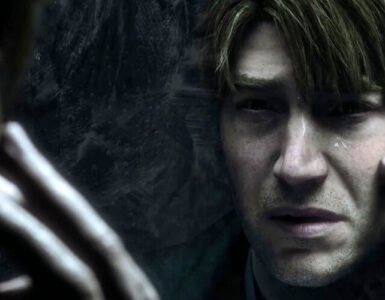If there are two things that Konami’s survival horror franchise, Silent Hill, is known for, it’s creepy fog-obscured towns and mind-bending psychological torment. And while the series has largely centred around its titular fictional town of Silent Hill since its inception in 1999, Konami isn’t a stranger to experimentation, even after seven mainline titles and multiple spin-offs.
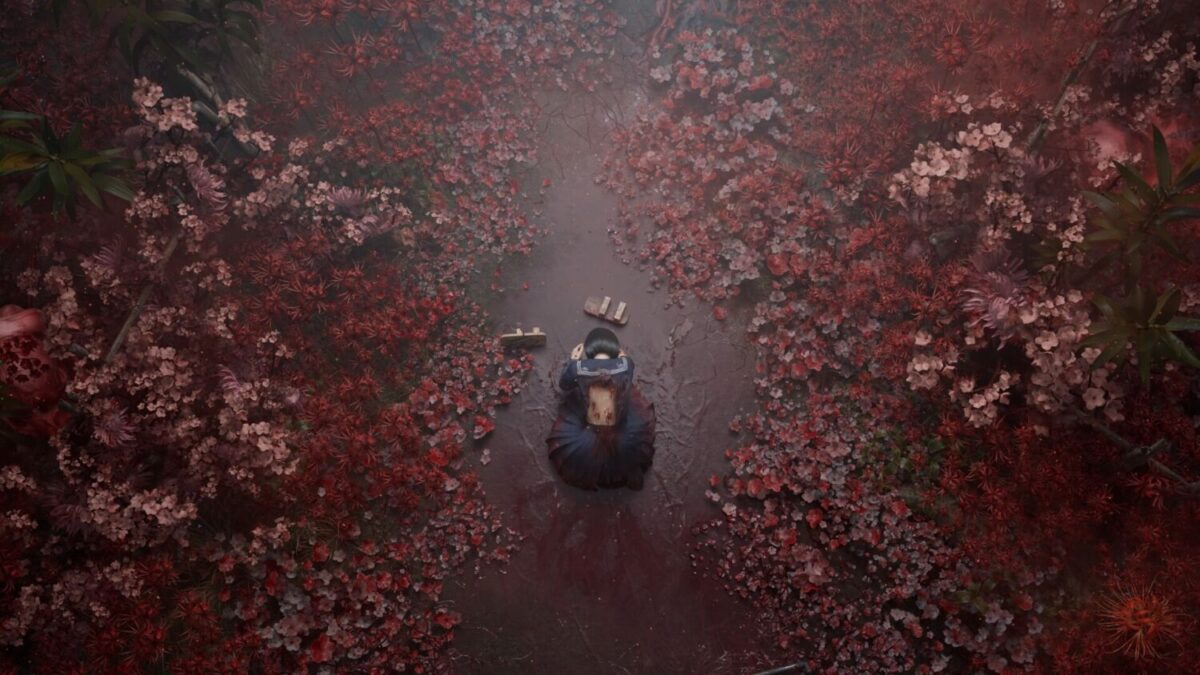
That’s why it has teamed up with new developer NeoBards Entertainment (Resident Evil Re:Verse, Mega Man Battle Network Legacy Collection) for Silent Hill f, its first fully-fledged entry since 2012’s Silent Hill: Downpour, which takes the franchise away from familiar grounds, and back in time to Shōwa era Japan.
As a standalone spin-off, the new entry is set in 1960s Japan in the fictional rural town of Ebisugaoka and follows the tale of new protagonist Shimizu Hinako, a rebellious high school student ostracised by her peers, and tormented by her abusive father for being “weird” and preferring to hang out with boys.
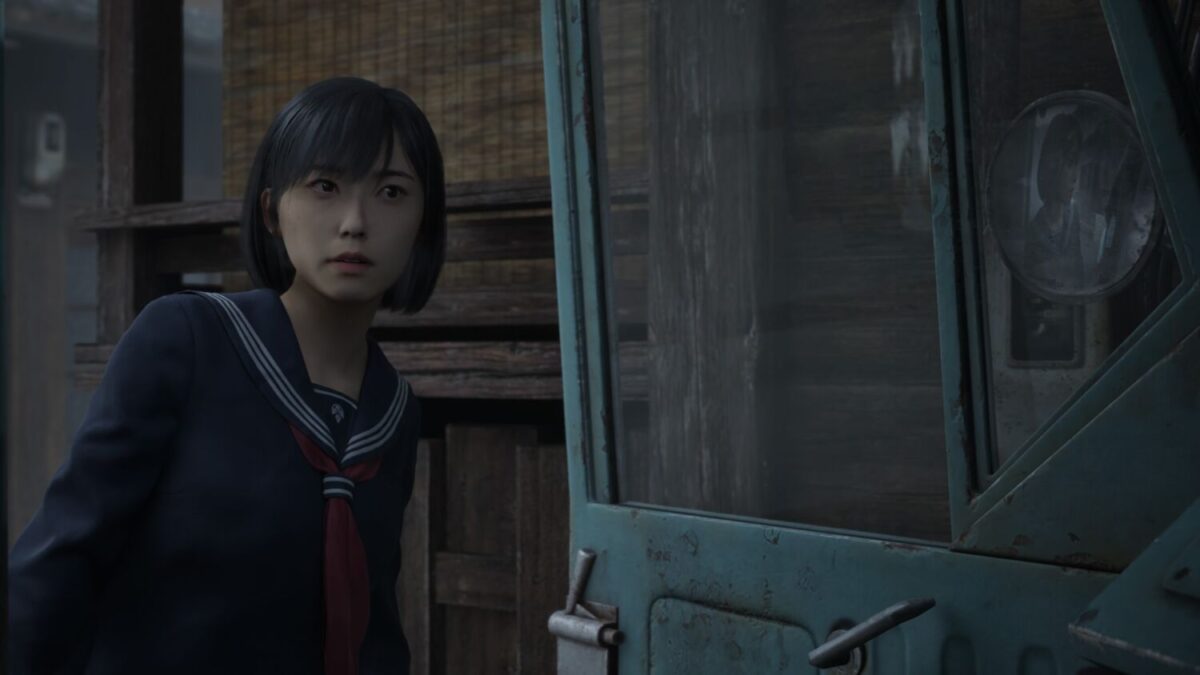
After yet another argument with her father, Hinako storms out of her family home and meets up with the few friends she has – Rinko, Sakuko, and her best friend, Shu – only for the town to suddenly become engulfed in a mysterious fog and red spider lilies, killing Sakuko and spawning deadly red tendrils and deadlier mannequin monsters in its wake.
In true franchise fashion, Silent Hill f does away with traditional plot exposition and storytelling, instead letting players rely on subtle environmental clues such as newspaper clippings and notes to try and piece together what’s really going on. It wisely keeps the true nature of its narrative veiled behind elements of the supernatural alongside a heavy influence of ancient Japanese mythology, such as the town’s worship of Inari-sama, the kami (deity) of foxes, agriculture, and prosperity.
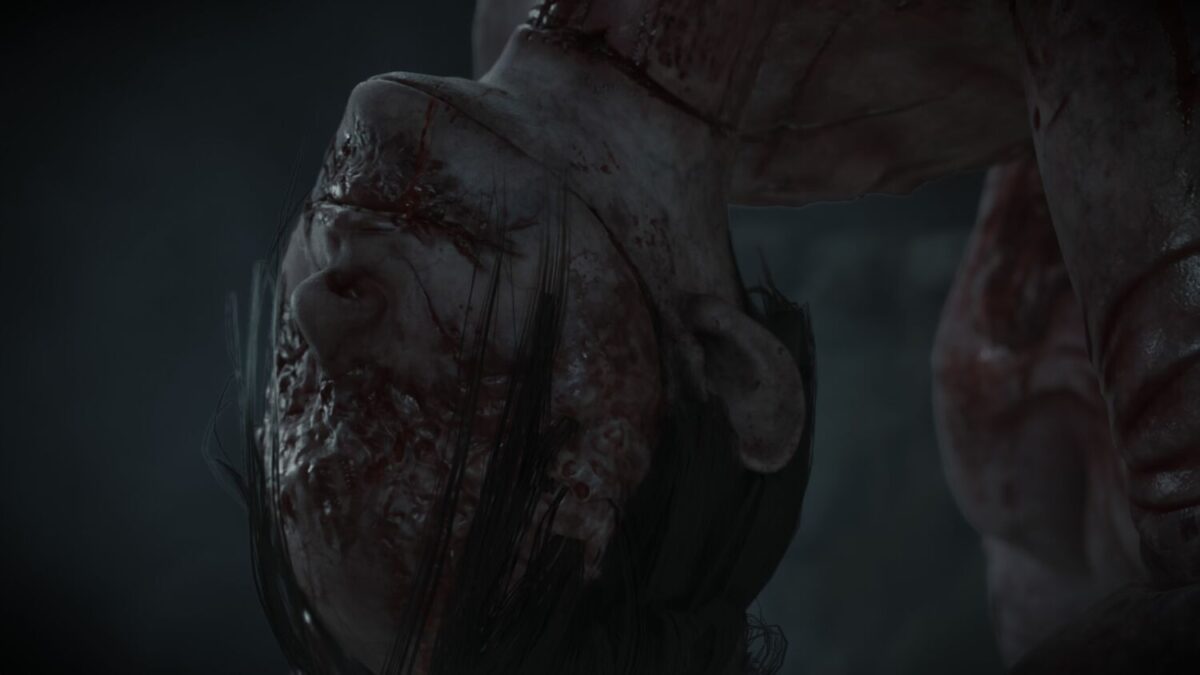
Despite being vague, Silent Hill f’s dark tale is no less captivating, as players witness the downward spiral of Hinako’s deteriorating psyche across its brief 10-hour campaign. Don’t let the game’s short runtime fool you, however, as without spoiling too much, multiple runs of the campaign are needed to experience the game’s different endings, with new playthroughs also introducing additional missions and routes to keep runs fresh.
All this is backed by an amazing vocal performance by the title’s Japanese voice cast, especially actress and model Konatsu Kato (The 13 Lords of the Shogun), who plays Hinako. Kato’s delivery truly brings Hinako’s descent into madness to life, never failing to make audiences feel for the character with every spine-chilling scream of agony, as she witnesses her world and those she cares about crumble before her eyes.
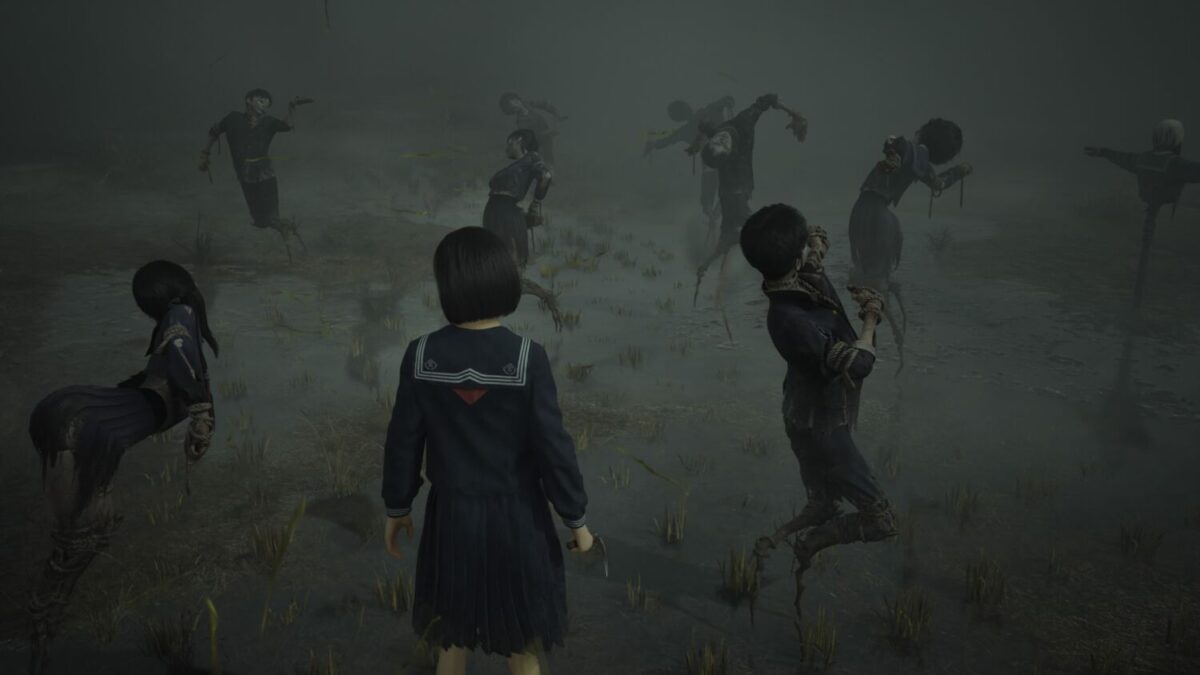
As Hinako ventures along the decaying, empty streets of her once comforting town, she’s met with all sorts of grotesque monstrosities that fit perfectly within Silent Hill’s well-established lore and design, including the aforementioned mannequins, named Kashimashi, distorted representations of the townsfolk that emit a chilling creak with every movement, or the Oi-omoi, a bizarre creature made of multiple celluloid doll heads and parts merged together.
To deal with these foes, Hinako has no choice but to get up close and personal due to the title’s period-accurate lack of firearms, which departs from most games in the Silent Hill franchise. Instead, she will have to make use of melee tools like pipes, knives and other blunt objects to deal with threats using the game’s new action melee combat system.

While combat in Silent Hill f is unlike series tradition, it will feel instantly familiar for those with experience in the action-slasher genre, with Hinako able to perform a quick light attack and a slow but powerful heavy strike, all while avoiding enemy attacks using a dodge, or countering their strikes with a well timed heavy hit, leaving foes stunned for a duration in the process. Players must also manage each weapon’s durability, as they deteriorate with every hit and can break mid-combat if they aren’t careful, forcing them to scramble for new ones or repair the damage with a toolkit consumable, or if all else fails, hightail it and run.
On a surface level, combat might look and feel like a Soulslike title, especially considering the emphasis on timing, learning enemy attack patterns, and the presence of a stamina bar, this is far from the case as there’s much more room for error here. For instance, players can use a focus ability, which enables them to perform counters more easily in exchange for draining their sanity bar, which functions similarly to a mana bar.
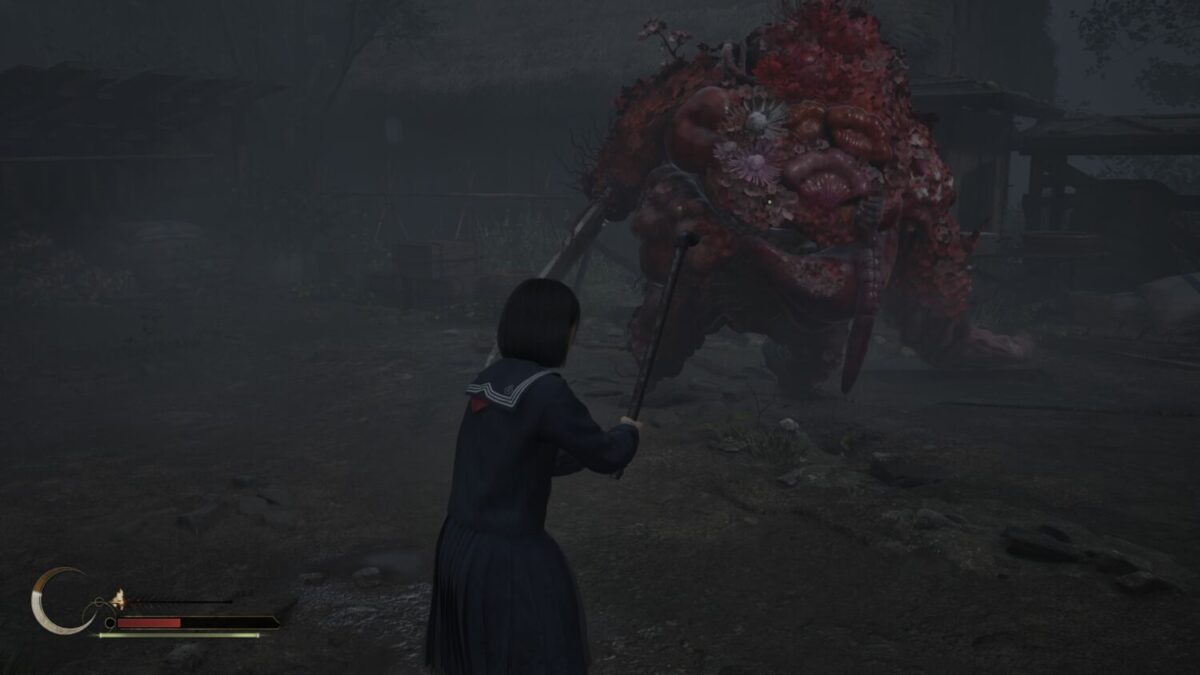
Sanity plays a huge role in Silent Hill f’s combat, as not only can it be used for focus, it can also be spent to perform a devastating special strike that differs with each weapon type. Players must take care to manage their sanity, however, as using these strikes, alongside being hit by certain enemy attacks, will cause their max sanity to decrease temporarily until they can refill it using Hokora shrines, checkpoints littered throughout the map.
With melee being the game’s sole combat option, it does present the unfortunate downside of encounters growing stale as the game progresses. Apart from attaining new weapons, Hinako largely keeps the same moveset throughout the entire game, and while the title does boast far more enemy variants compared to games in the series like the Silent Hill 2 remake, encounters during the tail end of the title devolve into mindless brawls with the same two or three foes, making them a chore instead of eliciting any sort of tension.
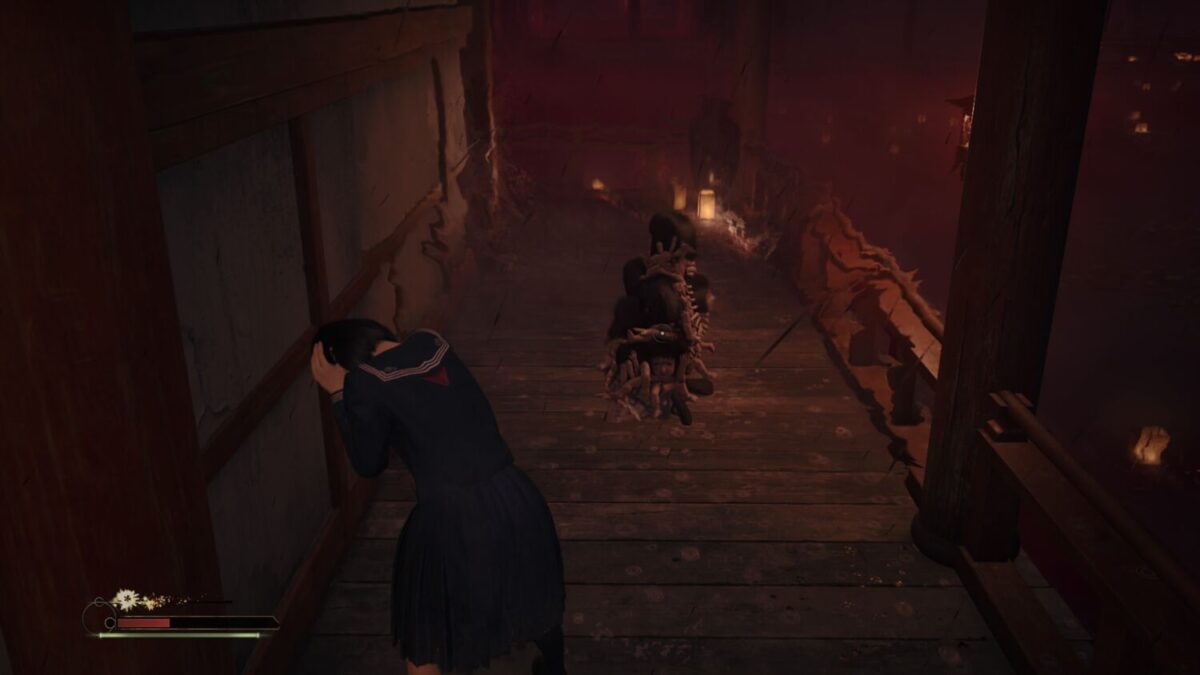
That being said, even though combat is more lenient in the game compared to Soulslike titles, it’s still far from a cakewalk, as following in the series tradition of “everymen” protagonists, Hinako is just a high schooler with no combat experience, meaning she’s not accustomed to wielding heavy items in battle, a fact represented by much more sluggish movements in combat compared to other action titles. Her health isn’t the greatest either, and she can get downed rather easily if a player isn’t careful, although her stats, like health, stamina, and sanity, can all be upgraded periodically as the player progresses through the campaign.
For those concerned about the game’s overall difficulty, Silent Hill f does offer an interesting spread of accessibility options, as apart from including separate difficulty settings for both its combat and puzzles, each of the two initial difficulty levels, Story and Hard, also tweaks the game in unique ways other than just simply tweaking damage received from enemies.

Setting combat to Story essentially allows players to largely disregard the sanity bar, as in this mode, most attacks that usually drain the metre no longer do so, instead only dealing damage to health. Refilling the sanity bar also becomes automatic upon interacting with a checkpoint, whereas in Hard difficulty, players will have to spend Faith, a currency gained only by exchanging consumables and items at the Shrine. Changing the difficulty mid-game from Hard to Story is possible, but only after failing a scenario multiple times, and once changed, it’s impossible to then switch back to the harder difficulty setting.
Puzzle difficulty is where the game gets a little more interesting. Presented with the choice only at the start of the campaign, with no way to swap after the game commences, the choice of difficulty directly affects the solution for many of the title’s puzzles. These changes range from minor ones, like tasking players to find additional clues spread around the area to solve a riddle, or switching up the riddle itself, making the hints on what to do more vague as the difficulty increases.
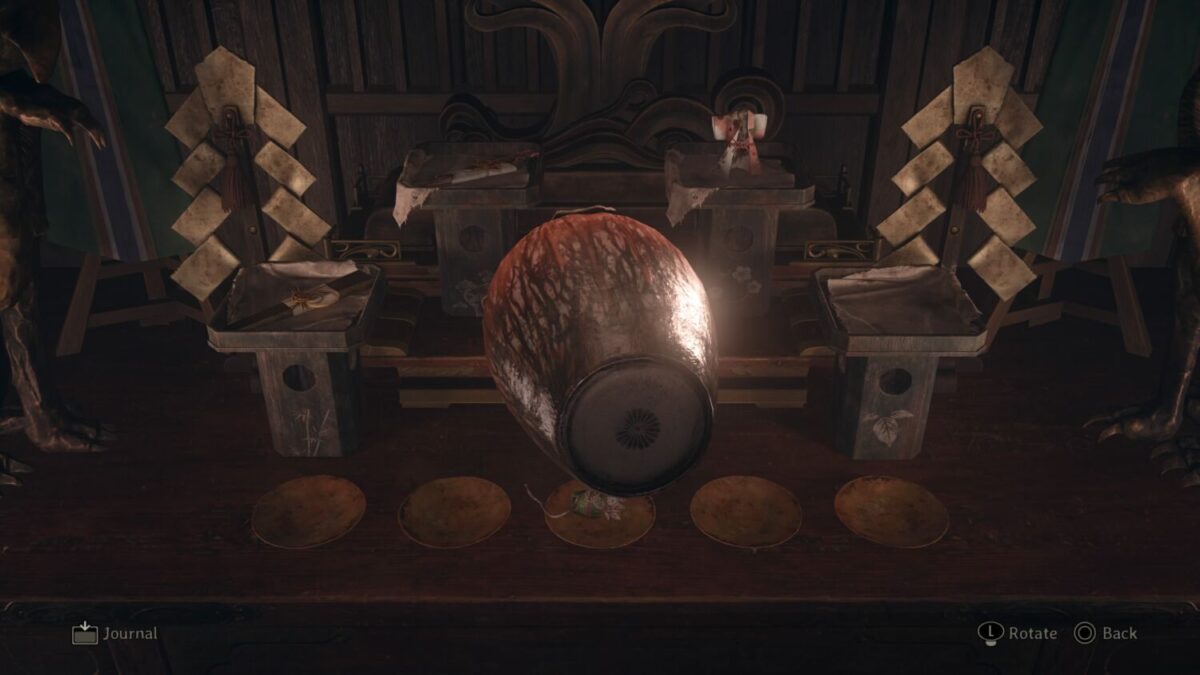
In an interesting twist, puzzles are not just affected by the difficulty but also by which ending route a player is on. Without spoiling too much, once again, each ending requires players to satisfy certain in-game conditions, like completing a quest a certain way, and clues for some puzzles change entirely based on these conditions. It’s a unique way to encourage multiple playthroughs while ensuring there are enough differences each time around for players to discover, and it further adds to the replayability of the title.
Combat might mark a departure for the series, but exploring the lonely town of Ebisugaoka is a Silent Hill experience through and through. From the tension of the constant fog that engulfs the town, obscuring the dangers that lurk within, to the supernatural elements of the game’s other locale, the mysterious Dark Shrine and its portrayal of traditional Japanese architecture, and from its glamorous Honden (a sacred part of a shrine that houses religious objects embodying the kami) to the magnificent Torii Gates that litter the landscape, each locale masterfully balances its creepy atmosphere with a deep respect for Japanese traditions and culture.

Environmental details aside, Silent Hill f also revels in its intense graphic violence, which extends far more than just the presence of blood and guts during combat encounters. The title’s various cutscenes – one late-game scene in particular – feature some of the most visceral examples of body horror seen in a video game in recent years, and will surely delight fans of the horror sub-genre, or elicit countless winces from casual horror enjoyers.
With Silent Hill f, Konami has proven that it doesn’t need to rely on the franchise’s familiar settings to provide an experience worthy of the long-running psychological horror series. The studio might have taken some risks with its new melee-focused combat system, and while that aspect might be hit or miss, there’s something about 1960s Japan and its culture that makes it a perfect fit for the franchise, balancing its inherent beauty with the tragic tale of a young woman’s spiral into madness.
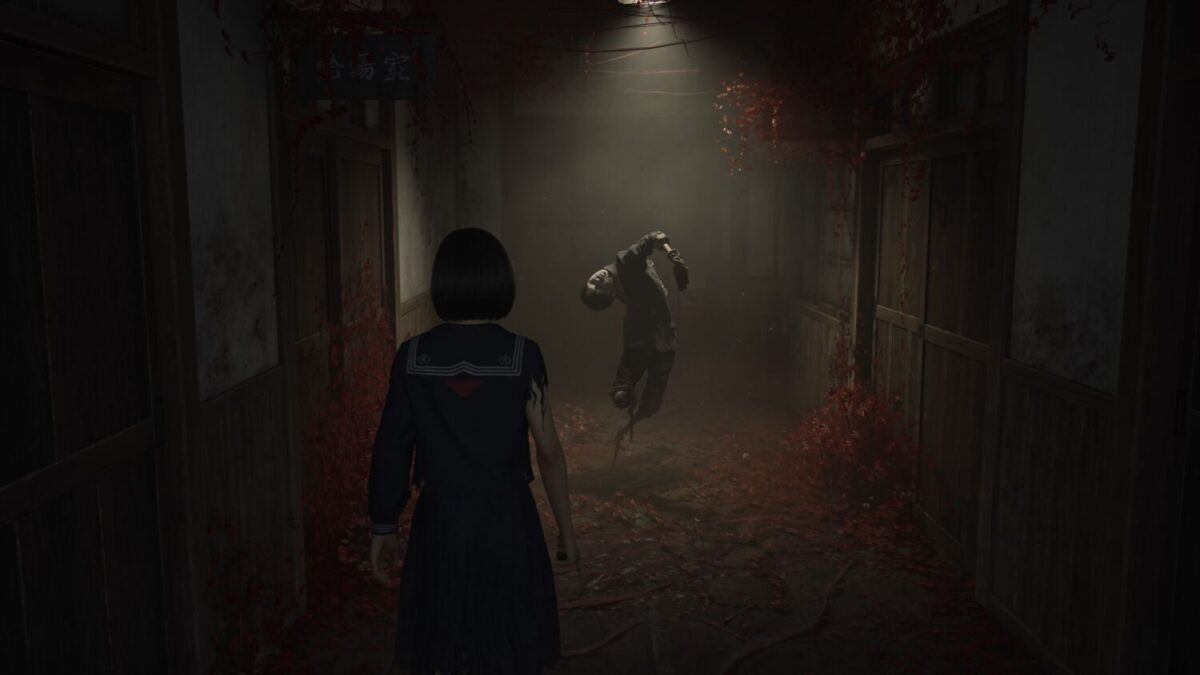
Ebisugaoka might not be the foggy town many have come to know and love, but make no mistake, within its windy alleys lie a memorable experience throughout, and marks an essential chapter for any Silent Hill fan.
GEEK REVIEW SCORE
Summary
Its setting and time period might have changed, but Silent Hill f still provides the same psychological horror experience fans are yearning for, and marks the strongest the franchise has been in a long while.
Overall
9/10
-
Gameplay - 8.5/10
8.5/10
-
Story - 9.5/10
9.5/10
-
Presentation - 9/10
9/10
-
Value - 8.5/10
8.5/10
-
Geek Satisfaction - 9.5/10
9.5/10

